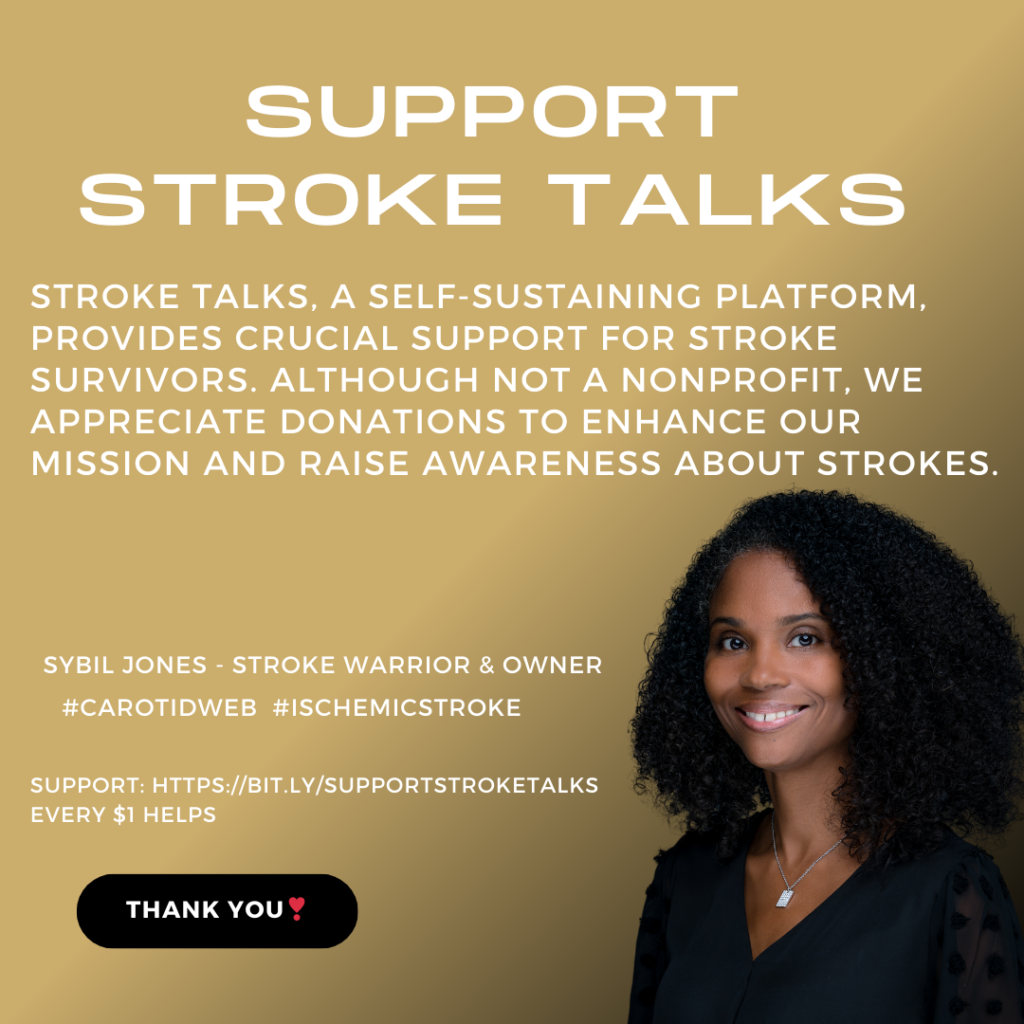Carotid artery thrombosis might sound like a mouthful, but it’s an important topic to understand, especially when we’re talking about stroke prevention.
What Are the Carotid Arteries?
First, let’s break it down. You have two carotid arteries, one on each side of your neck. They’re like superhighways for blood, carrying oxygen-rich blood from your heart to your brain. This blood flow is crucial because your brain needs a constant supply of oxygen to function properly.
What Happens During a Carotid Artery Thrombosis?
Imagine one of those highways getting blocked by a traffic jam. In the case of carotid artery thrombosis, that “traffic jam” is actually a blood clot that forms in the artery. This clot can severely reduce or even completely block the blood flow to your brain, which is extremely dangerous.

Why Is It Dangerous?
When your brain doesn’t get enough oxygen, brain cells start to die off. This can lead to a stroke, which can cause lasting damage to your body and mind, or even be life-threatening. Carotid artery thrombosis is one of the key causes of ischemic stroke, which is the most common type of stroke.
What Causes the Blood Clot?
Several factors can increase the risk of developing a blood clot in the carotid artery. These include:
- Atherosclerosis: This is when plaque (made up of fat, cholesterol, and other substances) builds up on the artery walls, narrowing them and making it easier for clots to form.
- High Blood Pressure: Constant high pressure can damage the arteries, making them more susceptible to clots.
- Smoking: Chemicals in cigarettes can damage your blood vessels, leading to increased clotting.
- Diabetes: This condition can lead to changes in blood vessels that make clotting more likely.
- Carotid Webbing: A rare and lesser-known cause is carotid webbing, which was the cause of Sybil’s stroke. Carotid webbing is a thin, fibrous band in the carotid artery that can disrupt blood flow and increase the risk of clot formation. Although rare, carotid webbing is a significant risk factor for stroke, especially in younger individuals who might not have other traditional stroke risk factors. For more detailed medical information about carotid webbing, you can read this source.
Symptoms to Watch For
Carotid artery thrombosis doesn’t always cause symptoms until a stroke is happening or is about to happen. However, some warning signs include:
- Sudden numbness or weakness, particularly on one side of the body
- Difficulty speaking or understanding speech
- Sudden vision problems in one or both eyes
- Dizziness or loss of balance
- Severe headache with no known cause

Order Your Stroke Talks Merch today and support our mission of bringing awareness to help save lives
If you experience any of these symptoms, it’s critical to seek medical attention immediately. Time is of the essence in preventing or minimizing the impact of a stroke.
How Is It Treated?
Treatment for carotid artery thrombosis often involves medications to prevent blood clots, such as blood thinners or antiplatelet drugs. In some cases, a procedure called a carotid endarterectomy might be performed to remove the plaque buildup and restore normal blood flow. There’s also a less invasive procedure called carotid artery stenting, where a small tube is inserted to keep the artery open.
Prevention Is Key
Preventing carotid artery thrombosis often comes down to lifestyle choices. Quitting smoking, managing high blood pressure, controlling diabetes, eating a healthy diet, and staying active can all reduce your risk.
Understanding carotid artery thrombosis is a crucial step in preventing strokes. By being aware of the risks, symptoms, and treatment options, you can take action to protect your brain and your overall health.

Your generosity can make a profound impact on Stroke Talks, enabling us to expand our reach, provide valuable resources, and foster a stronger community for stroke survivors and their loved ones. Every dollar you contribute fuels our mission to enhance awareness, and empower those affected by strokes. Join us in making a meaningful difference – because every dollar counts towards building a brighter future for individuals on their journey to recovery and resilience.
Please note that Stroke Talks is not a 501(c)(3) organization, and as such, donations made to our platform may not be tax-deductible. While we greatly appreciate your support, we recommend consulting with a tax professional for guidance on the ta

